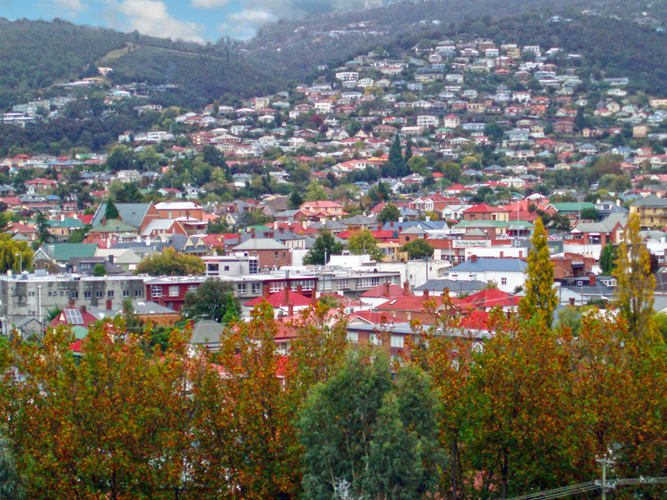Whatever techno-fixes we might employ, energy conservation is still an essential component in the battle to cut emissions. [19 April 2011 | Peter Boyer]
Everything humans do, however big and world-shaking, comes down to people like you and me operating from a base that we call home.
There we live our intimate lives, sometimes alone but mostly with others, thinking, talking, loving, squabbling, eating, sleeping. That’s how it’s always been.
We want our homes to be comfortable. In the old days, this amounted to finding a sheltered spot and keeping a fire going. People never thought of this in terms of energy. It was just something they did.
Over the centuries we discovered how windows and coal fires could improve our comfort levels. Then we discovered electricity, and our homes became temples to technology and consumers of electrical energy.
Today, our homes are responsible for more than 20 per cent of our national energy budget. Of this, over two-thirds goes into controlling temperature — space heating or cooling (the biggest single component), water heating, refrigeration and cooking.
As our lifestyles change over time, so do these figures. We prepare meals less than we used to, so cooking is on a downward curve, now taking up just 5 per cent of the total. A growing component (10 to 20 per cent) is home entertainment, notably large plasma television screens.
Overall, our home energy use isn’t changing much year to year. As we gain efficiencies in some areas (more efficient washing machines, for instance), so we succumb to the temptation to add to the ever-growing inventory of techno-gadgetry, all driven by electrical energy.
On the financial front things are starting to shift in the wrong direction. With the exception of a few periods of oil price shocks, energy costs have seemed pretty stable for half a century or more. Now, we’re faced with energy bills rising more steeply as each year passes. Something has to give.
“Your Home” is a recently-updated Australian government website providing anyone wanting to buy, build or renovate a home with detailed guidance on how to put home and community on a more sustainable footing.
Your Home’s technical notes cover home design, building materials, energy and water use, and hints on buying and renovating, along with 24 detailed case studies of new or renovated homes.
A Tasmanian organisation has taken the next step, helping people put these sorts of ideas into practice at the lowest possible cost.
Sustainable Living Tasmania has a long and honourable history of advocating home energy conservation. Today’s big electricity bills have brought SLT back into the public spotlight. Since June 30 last year some 500 Tasmanians have sought their advice on home energy management and 3000 have downloaded written sustainable living guides.
SLT is currently involved in a pilot program to cut energy costs for 45 Housing Tasmania clients. The program, to install and advise on the use of “cent-a-meters” (electronic devices that measure domestic electricity use and display the hourly cost), is now nearly complete.
The organisation is also discussing with Housing Tasmania a project to retrofit simple low-cost items to conserve energy (replacing light globes and shower heads, blocking off unneeded wall vents, fitting draft stoppers and the like), and assessing suitability for solar hot water systems.
With a lot of help from volunteer members, SLT has an impressive record of raising awareness in communities and households of how we can reduce our impact on the natural environment. Like many such organisations operating on tight budgets, it provides outstanding value for money.
SLT’s executive officer, Todd Houstein, is looking to develop the organisation’s advisory role by coordinating the expertise of a dozen of Tasmania’s best sustainability assessors to determine where households and small businesses can make energy savings and help put them into effect.
SLT’s work, says Houstein, becomes more important in tough economic times, but its capacity for this work is also restricted by tighter funding. “Donations have a huge positive impact during times like these, so we really appreciate every dollar that people give us.” If that’s a commercial plug, I willingly plead guilty. This is truly a cause worth supporting.
Here’s another one. Transition Tasmania is an affiliation of voluntary “Transition” groups springing up all over the state (last count about 30) that have committed to getting their respective communities on to the global “Transition Towns” register.
For this, they must pass through a series of hoops designed to demonstrate that management of energy and other resources in their suburb, town or village meets globally recognised standards of sustainability. This is no mean feat, yet many people are making big sacrifices to see it done.
They are part of what US writer Paul Hawken has dubbed the largest social movement in history: “tens of millions of ordinary and not-so-ordinary people willing to confront despair, power, and incalculable odds in order to restore some semblance of grace, justice, and beauty to this world”.

